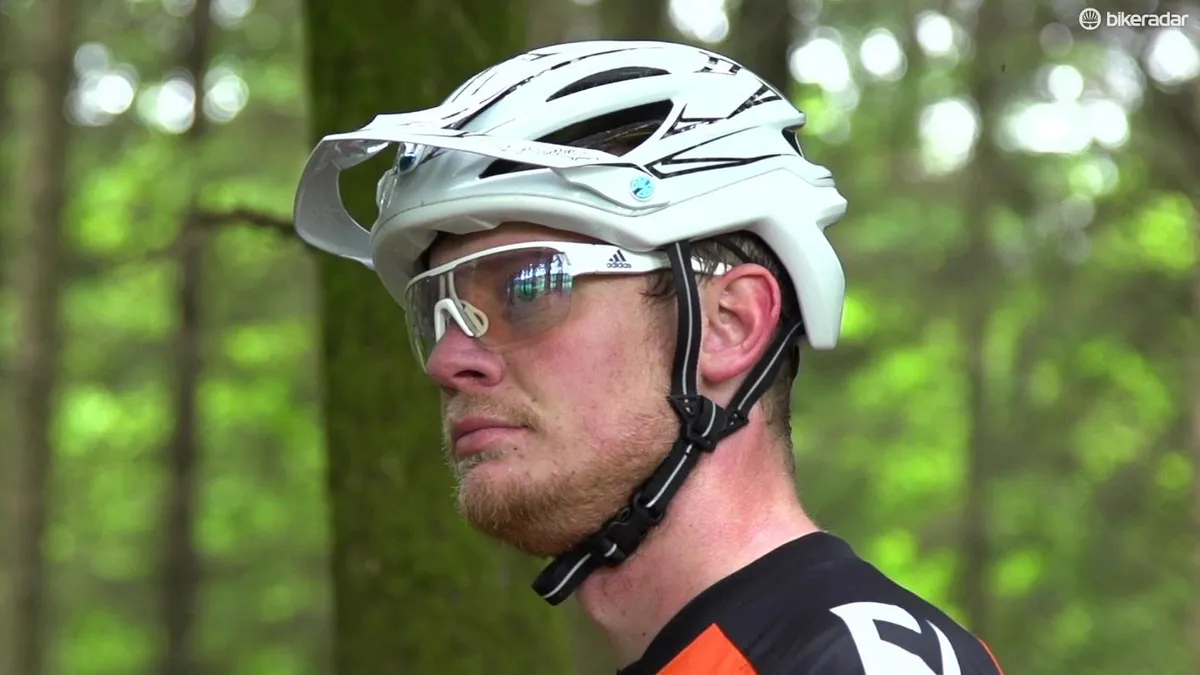Troy Lee’s latest helmet design is the A2, which sits alongside the well-established A1 and its numerous full-face helmets. The A2 takes many design queues from the A1, but packs it into a lighter, better ventilated option for your everyday trail rider.
As you’d expect from a top-end lid, there are plenty of safety features packed in to the A2. The most obvious is the MIPS liner, which is now commonplace in helmets for all disciplines and, generally speaking, I have no complaints with its inclusion.
The MIPS is backed up with a dual-density helmet construction; the regular EPS foam is used, but EPP foam is also included. Troy Lee Designs say that the EPP material is there for lower speed impacts, whereas the EPS absorbs higher speed impacts better.
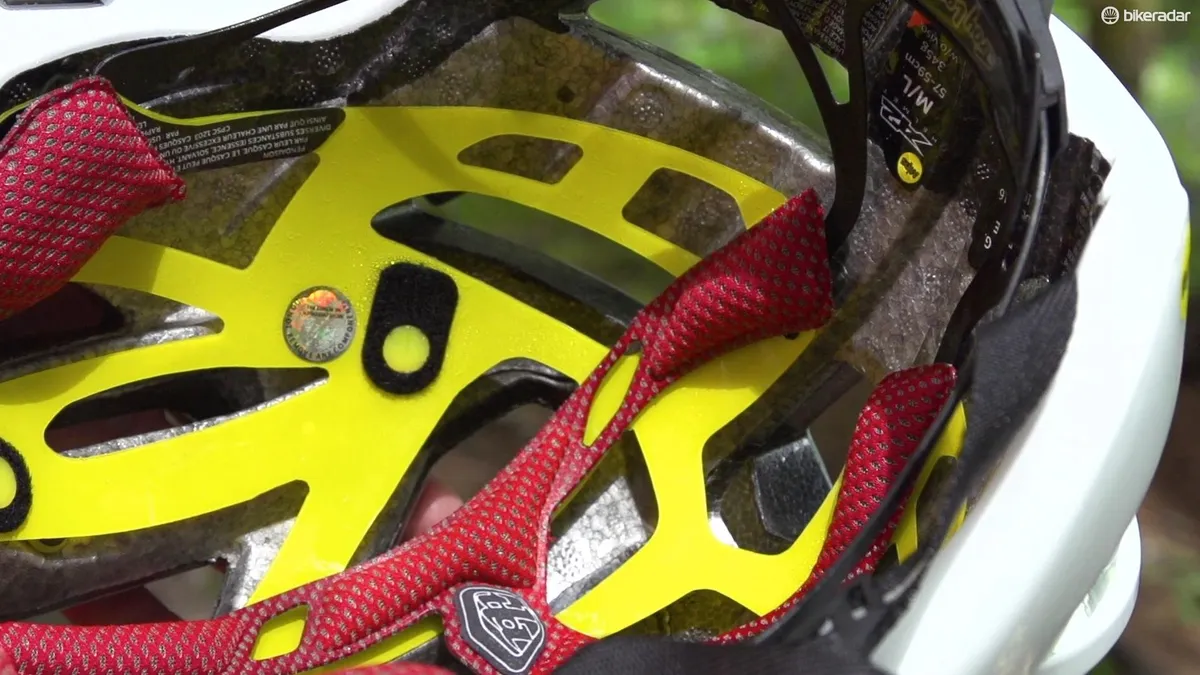
In the real world, what you’ll notice is that there are certain areas that have deeper sections of foam than others — these are the ones that TLD reckons are most impact prone, such as around the temples.
In keeping with the A1, the rear of the helmet drops down low behind the skull for improved coverage in that area.
The outer polycarbonate shell fully encloses the EPP/EPS foam, offering the more fragile material better bump protection in the boot of you car, but this also offers structural support too.
The visor’s alloy bolts are designed to snap during a crash, preventing the visor from transferring additional rotational forces through to the helmet.
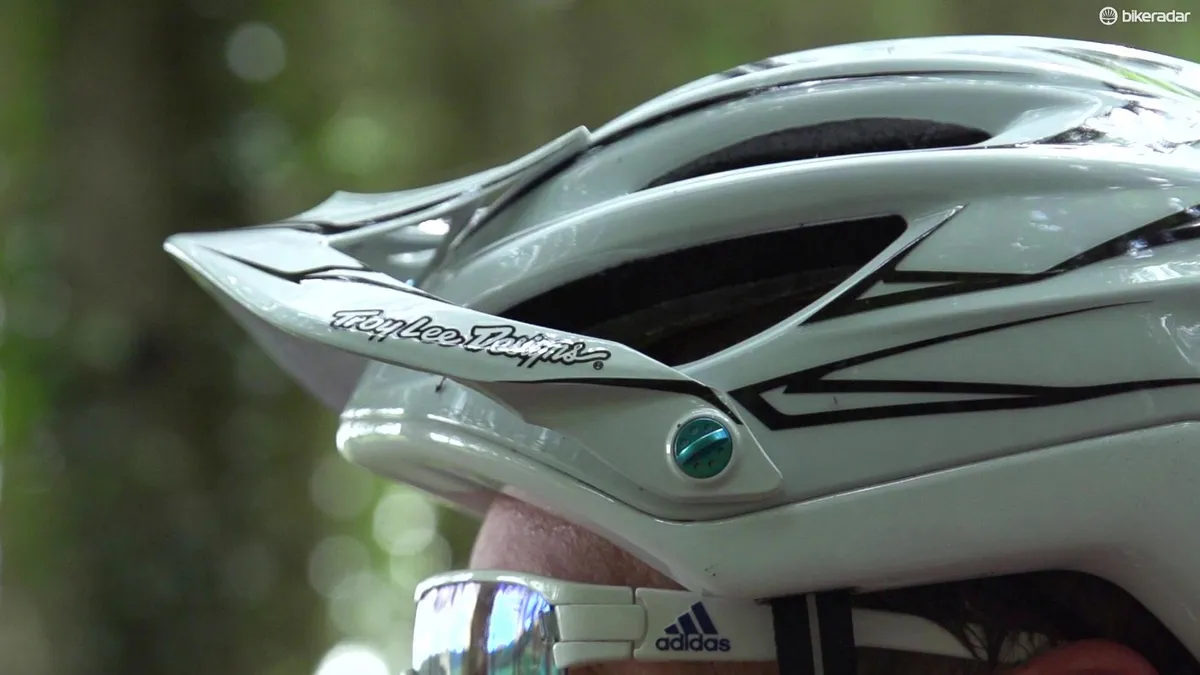
Other than the dual density foam, there’s little separating the A2 from other high-end lids, and TLD has fortunately managed to package this all very effectively.
Troy Lee Designs A2 fit
One of the best things about the A1 was the fit, which was pretty much universally liked. While the A2’s internal shape is very similar to the A1, it has not been as well received.
This is because there’s less pad contact with your head, to aid ventilation, which means the weight of the helmet is spread over a smaller area, and so it’s contact points are more obvious.
However, it’s far from uncomfortable, and I’ve completed some pretty hefty rides while wearing it and with no real discomfort.
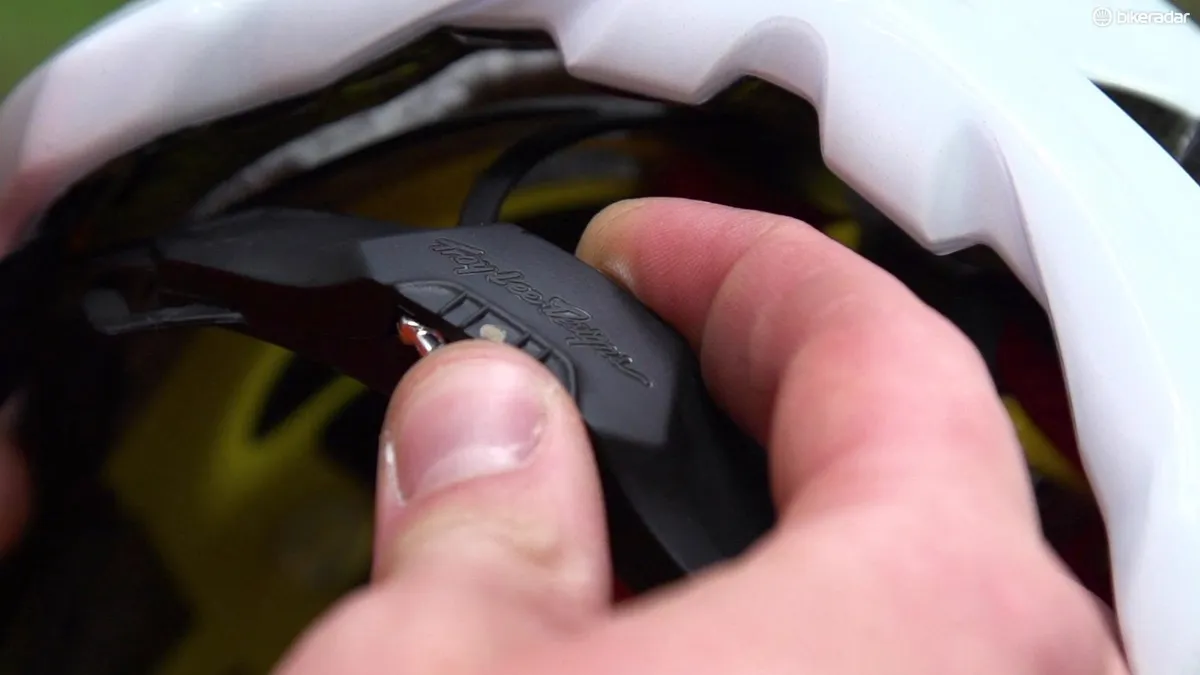
The pads are relatively thick and include silver threads, which are said to reduce bacterial growth and therefore smell. The thicker pads at the front of the helmet, over the eyes, can however drip sweat a little onto your glasses.
The straps are thin and flexible, a reflective strip is a nice touch, and there are fixed anchor points in the helmet with non-adjustable strap dividers. They’re in just the right place though and I never experienced the straps flapping round my ears.
At the back, there’s a low-profile cradle with turn-wheel adjustment. The cradle has three height options for improved fit. It’s non-padded, but the shape and flexibility is just right and caused me no discomfort.
The fit of the helmet can be further adjusted with the included Fit Kit, which spaces out the pads to better suit your head’s shape.
On the trail
Even visually it’s easy to see that the major difference between the A1 and A2 is the increased size of the ventilation ducts.
While they follow similar locations and shapes, the A2’s are considerably bigger. On the trail this means that the A2 is a pretty cool place to be, with plenty of air flowing through the lid, taking that heat away.
There are better ventilated helmets out there (both the Specialized Ambush and Lazer Revolution do a great job here), but the A2 is a marked improvement over the A1.
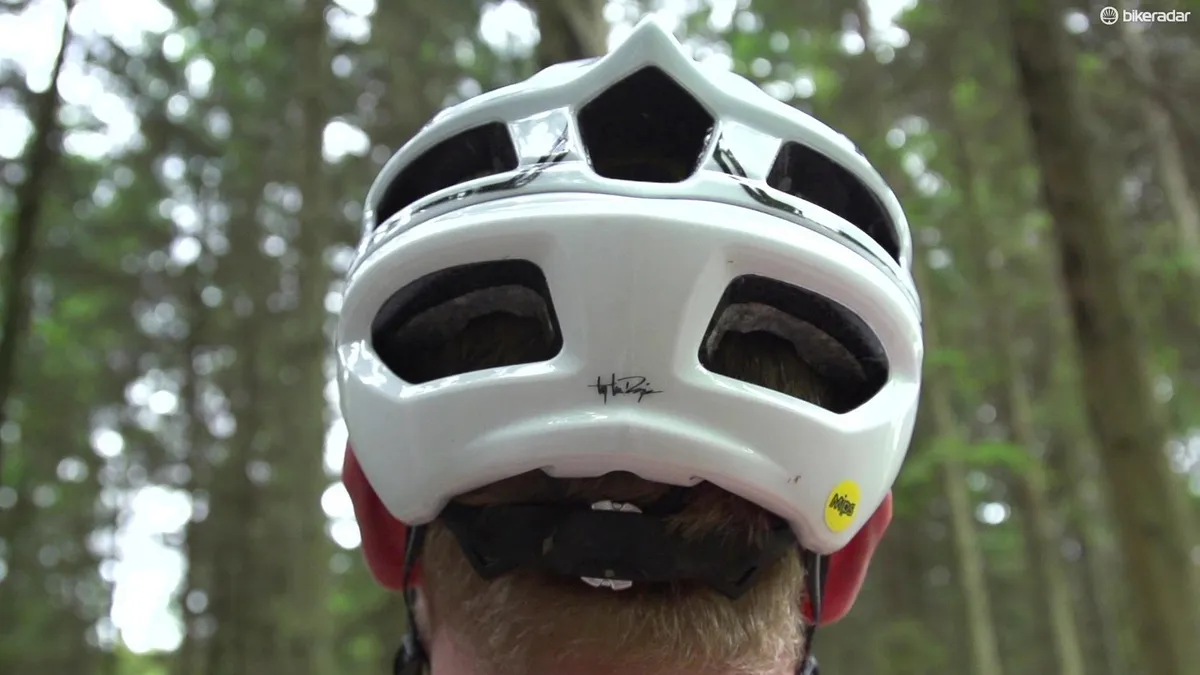
What’s not been improved is the visor; in fact, it’s nigh on identical.
It doesn’t stick out too far (which is either a good or bad thing, depending on how much you feel a visor should protect you from sun and rain), and it is easy to adjust, but if you are a committed goggles rider the visor still can’t be pushed out of the way to place your goggles under it.
Many probably won’t find this an issue, but when it’s raining, shoving goggles under the visor means they’re less likely to get rain drops on between runs, and it’s pretty easy to slip your goggles there while still pedaling.
Given that most of TLD’s competitors’ lids have space under the visor, I’d like to see it here too.
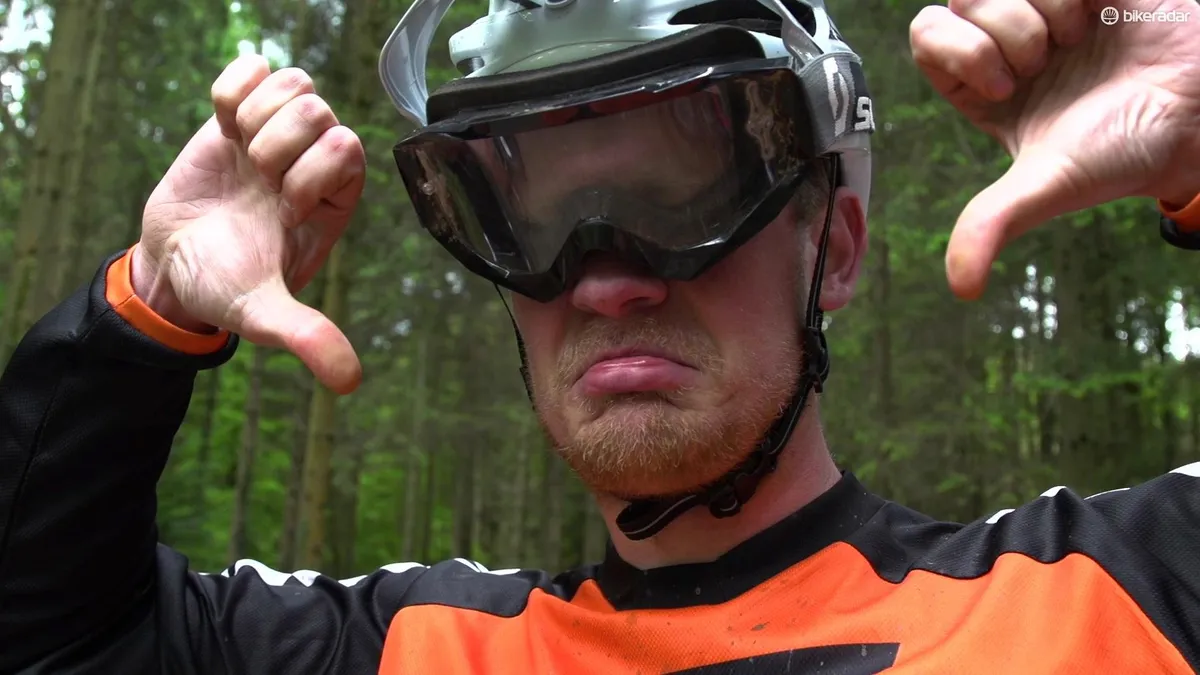
Let’s compare
So, should you buy the A1 or the A2? It’s not quite the million dollar question, but I reckon a fair few people will be wondering.
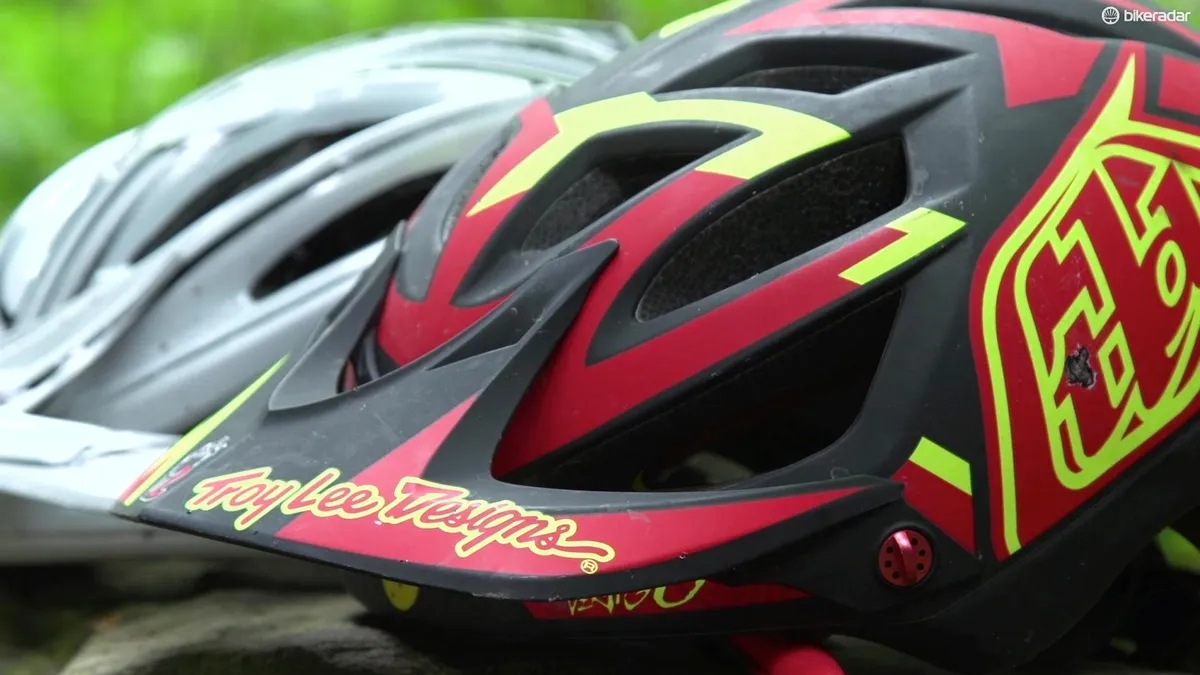
It’s almost six of one, half dozen of the other, to be honest, and I can see myself continuing to ride both.
In the summer, I'm likely to jam on the A2 because the increased ventilation is noticeable. However, in cooler months, or when I'm perhaps hitting more gnarly trails, I’ll probably stick with the A1 because there’s a touch more protection on offer with a bit more of your skull gaining coverage — and if a cool breeze isn’t vital, the increase in helmet to head contact means it just sticks ahead of the A2 in the comfort stakes.
If you’re to choose from just one of the two, which is pretty likely, go for the A2 if you like your trails fast and flowy and the A1 if it’s all a bit gnarlier, steeper and committed.
Tom tests the A2 out on the trails
